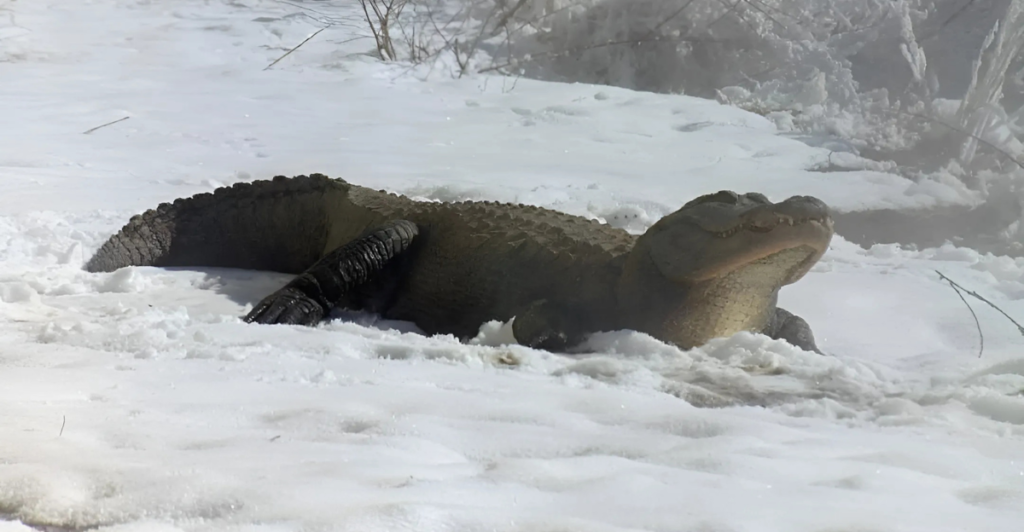
The cold and icy regions of the Southern Hemisphere are home to some of the toughest animals on Earth. Some thrive in the freezing temperatures, while others find it hard to survive. From sturdy penguins to nearly extinct creatures, this frozen part of the world tells a story of survival and struggle. Here’s a look at 15 animals facing the harsh realities of life in the Southern Freeze.
1. Emperor Penguin: Masters of Survival
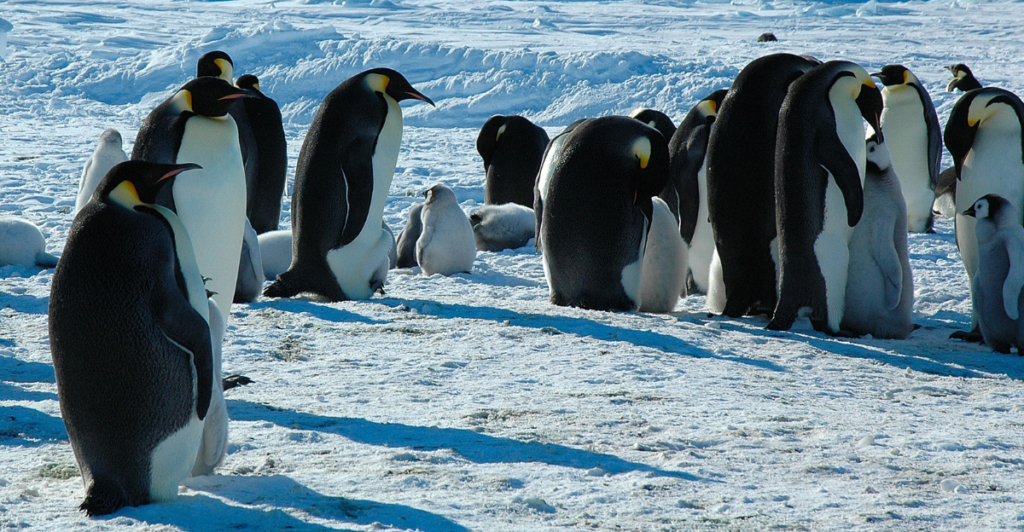
Emperor penguins are the largest penguins. They live in Antarctica and breed during the harsh winters. The males keep the eggs warm on their feet and do not eat for up to two months while the females go hunting. Emperor penguins have thick fat and huddle together to stay warm in temperatures as low as -60°F. This makes them very resilient in the freezing South.
2. Leopard Seal: The Antarctic Apex Predator
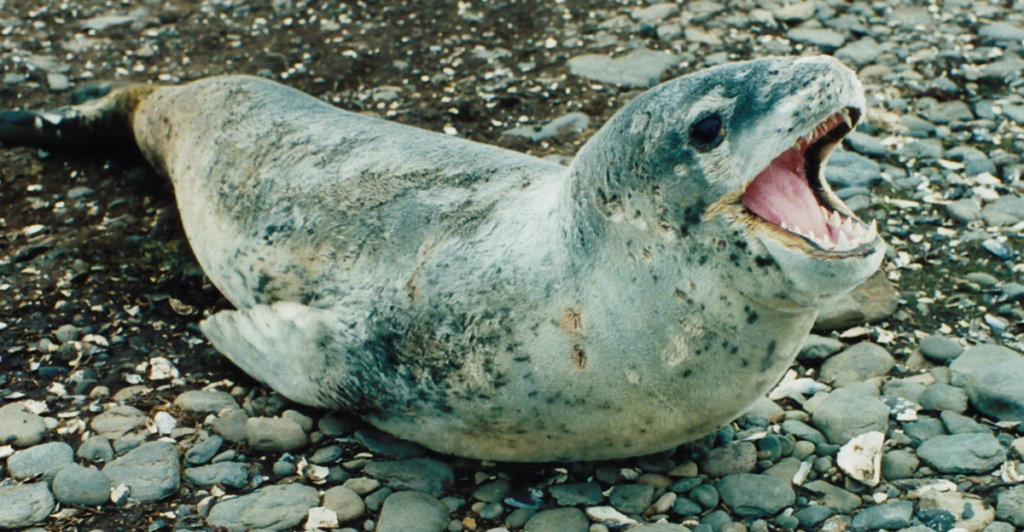
Leopard seals are powerful predators in Antarctic waters. With sharp teeth and strong jaws, they hunt krill, fish, and even penguins. They catch their prey quickly, moving like torpedoes. Their ability to adapt helps them thrive in the changing environment of the Southern Ocean.
3. Weddell Seal: Deep Divers of the Ice
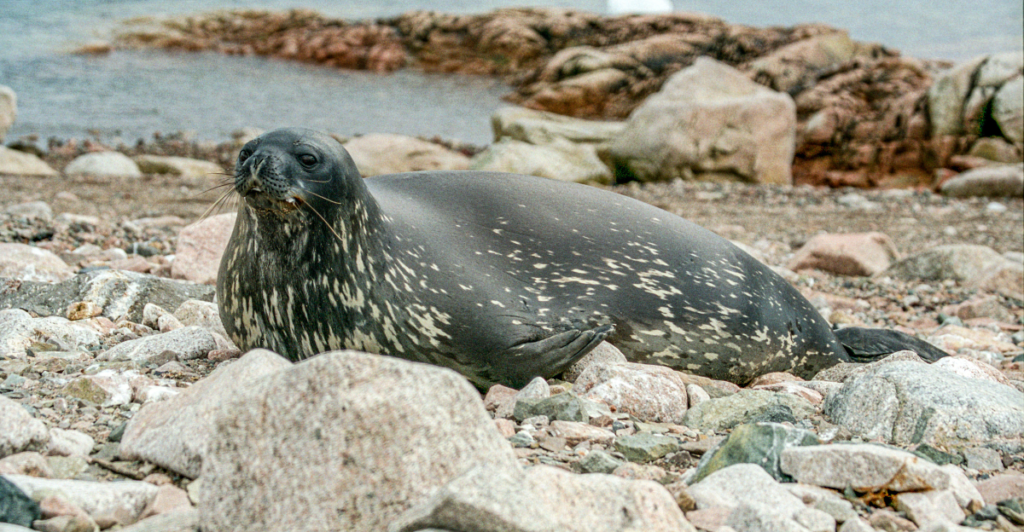
Weddell seals are excellent divers, going over 600 meters deep under the ice to find fish. Due to their unique way of storing oxygen, they can stay underwater for up to 80 minutes. Unlike their aggressive relatives, leopard seals, weddell seals are social and often relax near the Antarctic Peninsula.
4. Antarctic Krill: The Foundation of Life
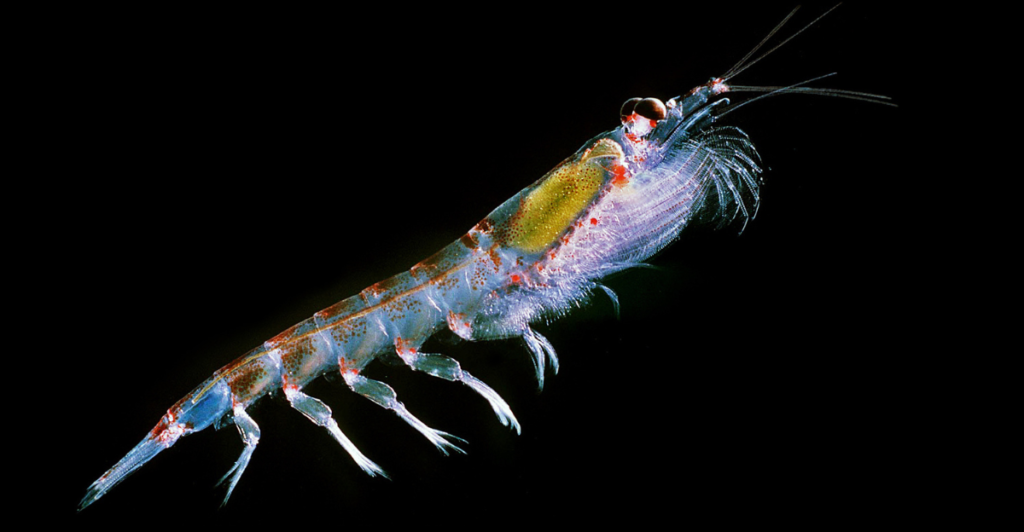
These tiny crustaceans may seem insignificant, but they fuel the entire Antarctic food web. Swarming in massive numbers, krill are a vital food source for whales, seals, and seabirds. While their numbers are highest in the summer, rising temperatures and melting sea ice could endanger their population, jeopardizing the whole ecosystem.
5. Snow Petrel: A Bird Built for the Cold
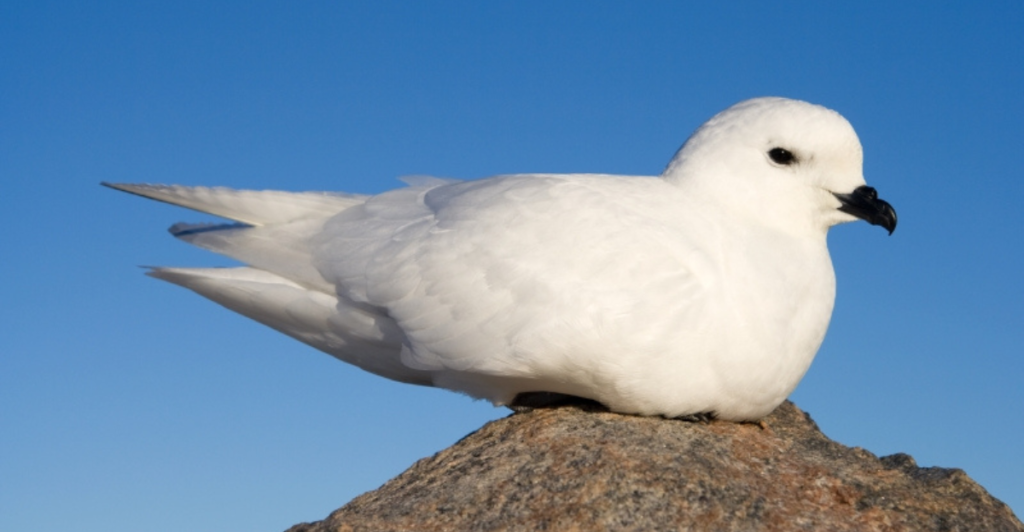
Snow petrels are incredibly tough seabirds that thrive in Antarctica’s harsh, icy winds. Even though they weigh only a few ounces, they live near open water, where they catch krill and fish for food. These amazing birds can live up to 20 years, showcasing nature’s ability to adapt and survive in challenging environments.
6. Southern Elephant Seal: Giants of the Icy Shores
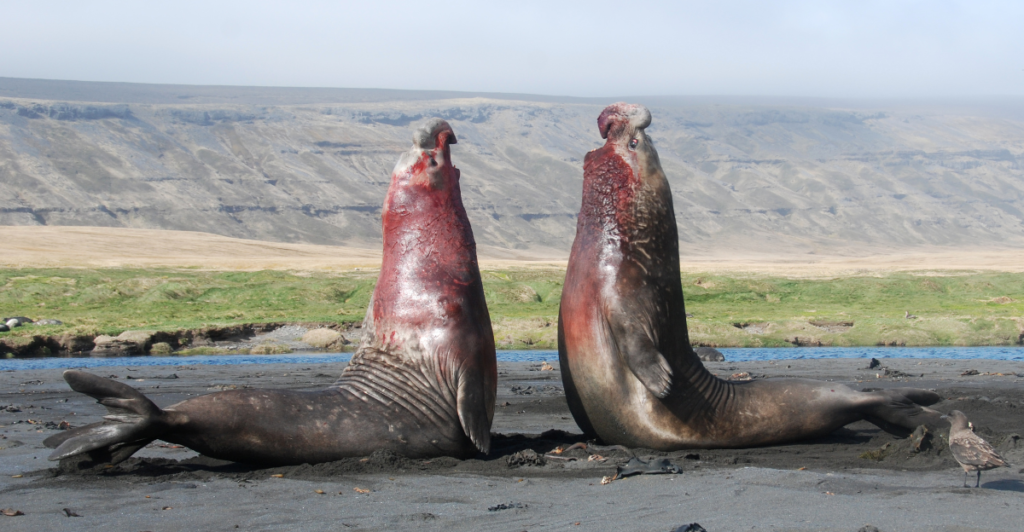
Southern elephant seals are the most enormous on Earth, weighing as much as 9,000 pounds. Male seals fight each other for the right to mate with a group of females, called a ‘harem.’ After spending months hunting squid and fish at sea, they return to subantarctic islands to breed.
7. Adélie Penguin: A Species on Thin Ice

Adélie penguins used to thrive in large numbers in Antarctica, but changes in the ice are making it harder to find food. Their numbers are declining in some areas because the melting ice affects where they breed. While these penguins are tricky, they face a challenging future as the climate changes.
8. Antarctic Fur Seal: A Comeback with Challenges
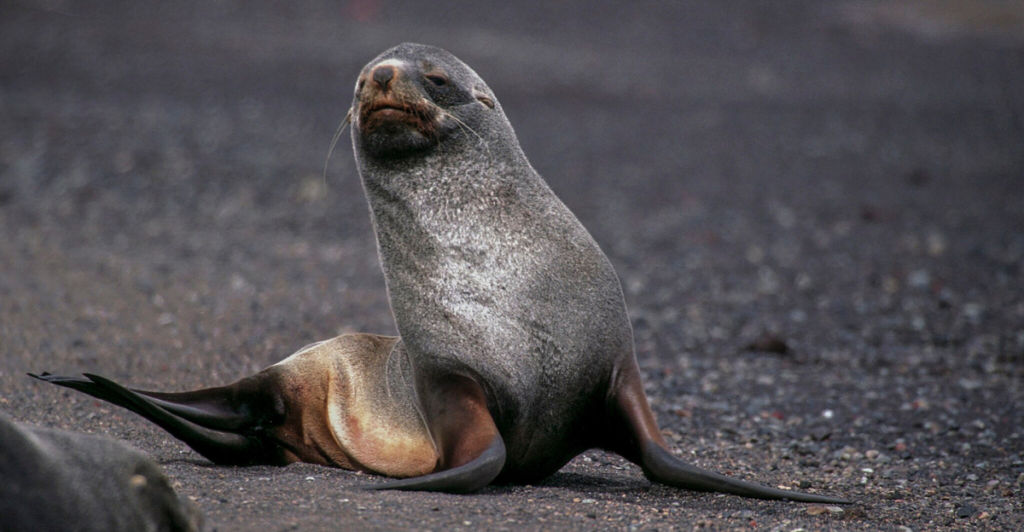
Long ago, in the 19th century, Antarctic fur seals were nearly wiped out due to hunting. Thankfully, they have bounced back, and their population is now stable. However, they are facing new challenges because of climate change and changes in their ocean habitat. As the oceans warm and krill availability, their primary food source, fluctuates, these seals could face difficulties.
9. Blue Whale: The Gentle Giants in Peril
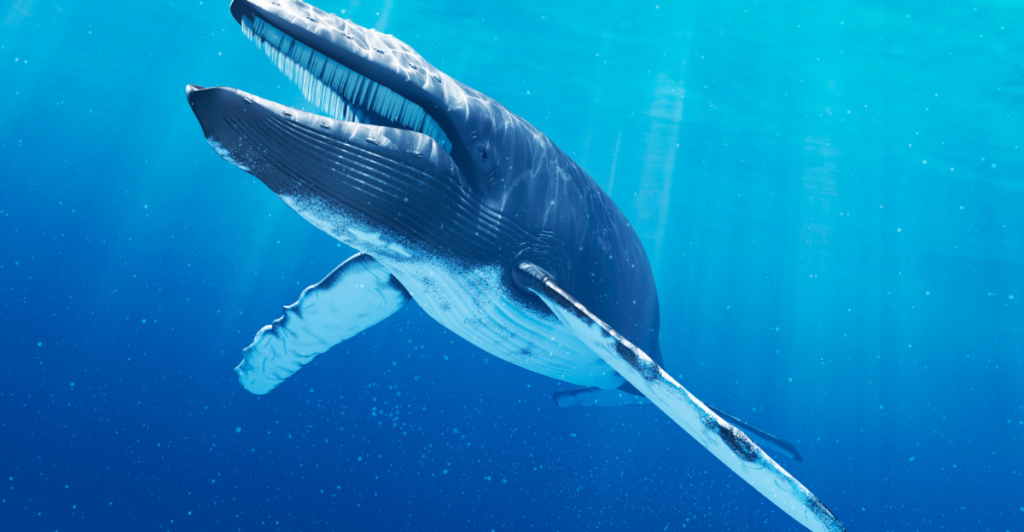
Blue whales were once prevalent in the waters around Antarctica, but they were almost wiped out because of commercial whaling. Now, they are protected, but their numbers are slowly growing again. Unfortunately, climate change harms the areas where they find food, and they also face dangers from ships that could collide with them. Even though these giant creatures are the largest animals on Earth, they are still at risk because of human activities.
10. King Penguin: Adapting to Sub-Antarctic Challenges
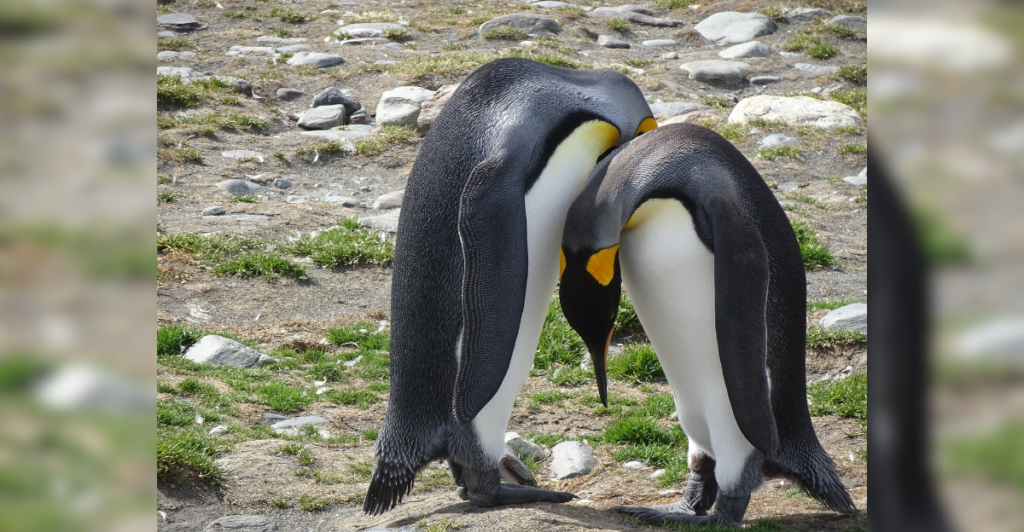
King penguins are mostly doing well as a species, with many groups either staying at the same size or even getting more prominent. However, some smaller populations have been shrinking due to environmental changes. Their ability to live in areas close to Antarctica has helped them adjust and survive as conditions change, but they still face some challenges.
Discover more of our trending stories and follow us to keep them appearing in your feed

Climate Change Overestimated? New Data Shows Oceans Are Cooling The Planet Faster Than Predicted
After 800 Years of Silence, This American Volcano Shows Signs of Activity
Lake Shasta’s Remarkable Comeback From Drought Captured in Stunning Images
Meet the Massive Crocodiles That Make Their Homes 40 Feet Underground
References:
Reference 1
Reference 2
This article first appeared here
Stay connected with us for more stories like this! Follow us to get the latest updates or hit the Follow button at the top of this article, and let us know what you think by leaving your feedback below. We’d love to hear from you!







